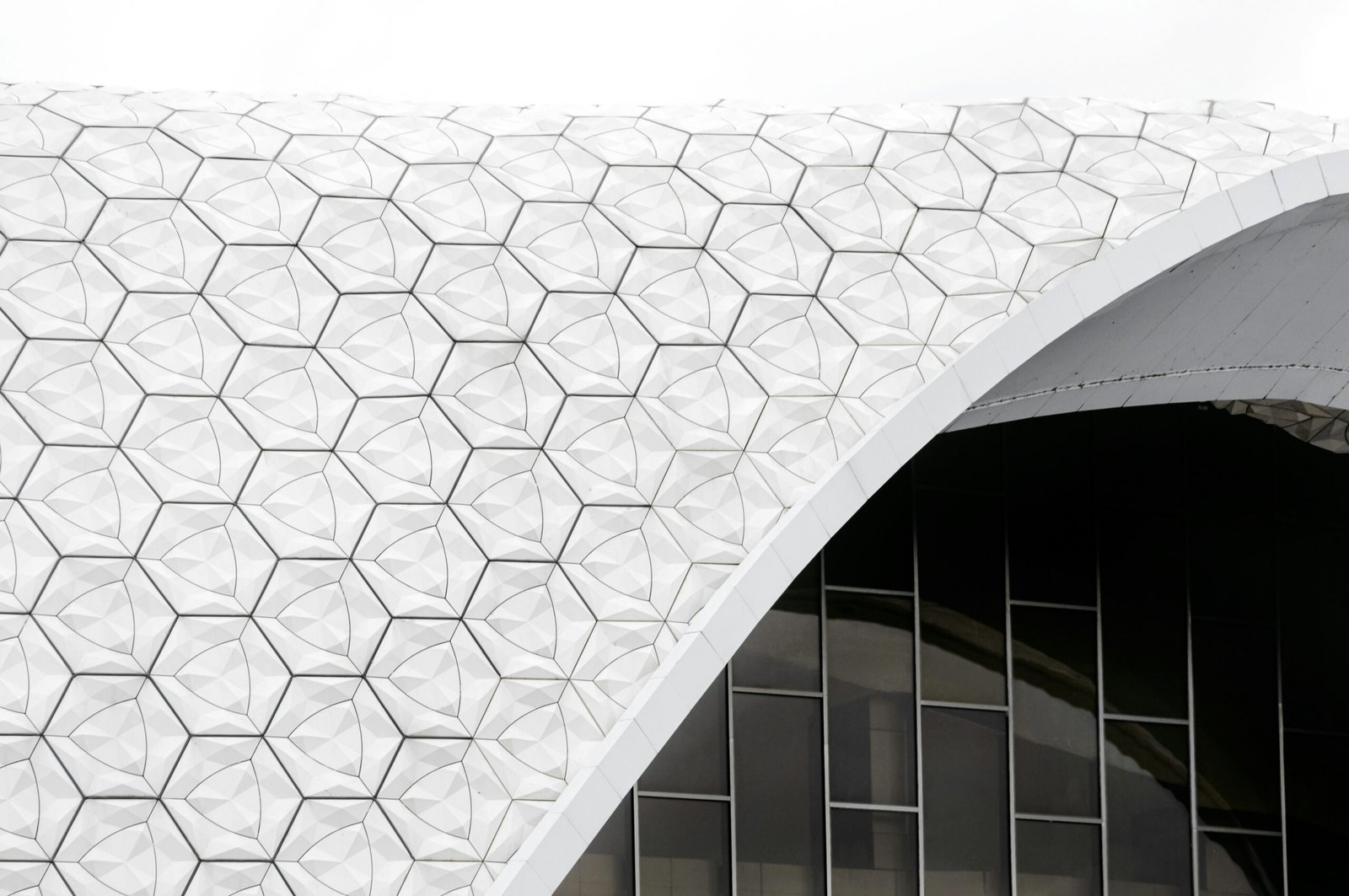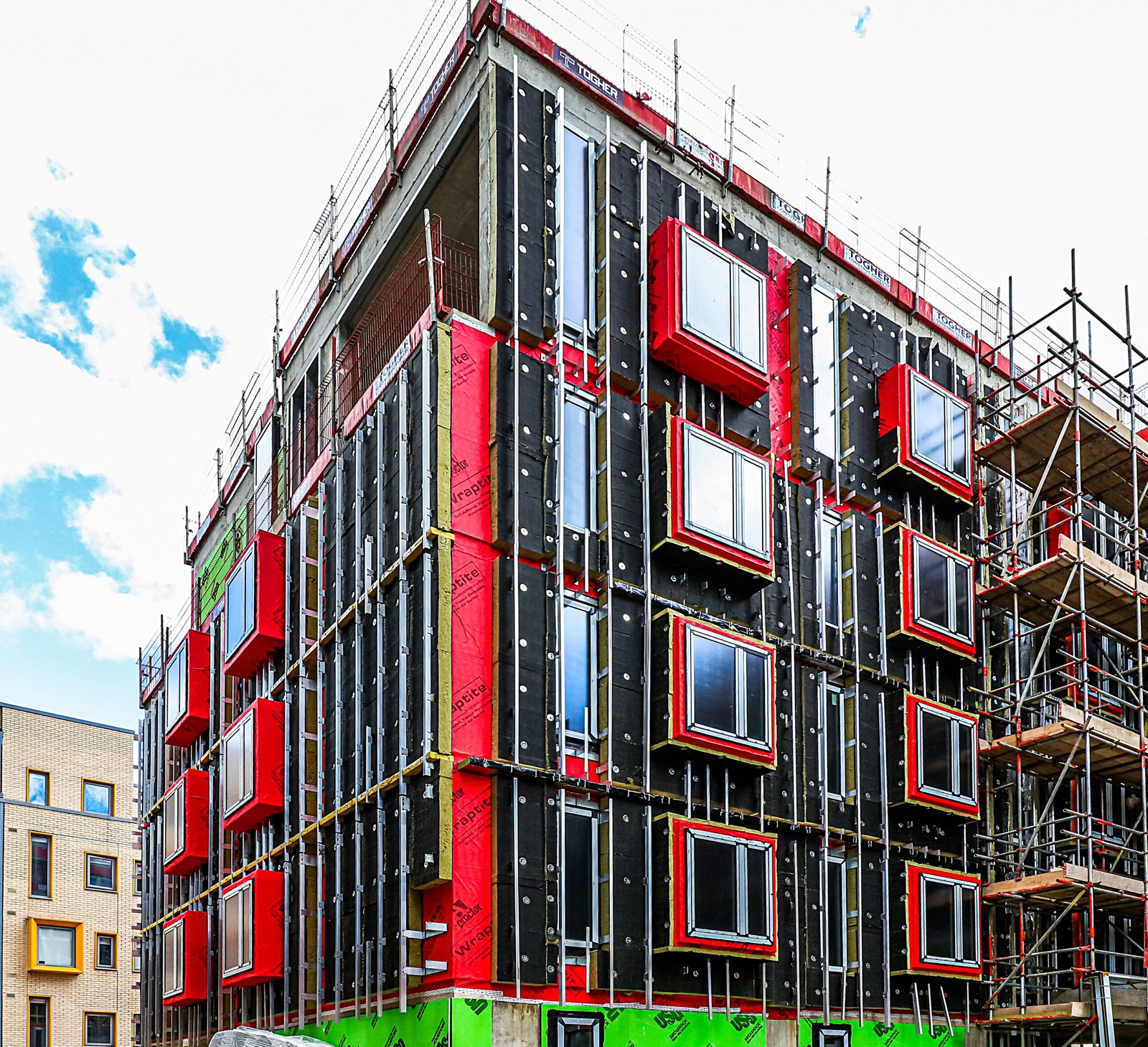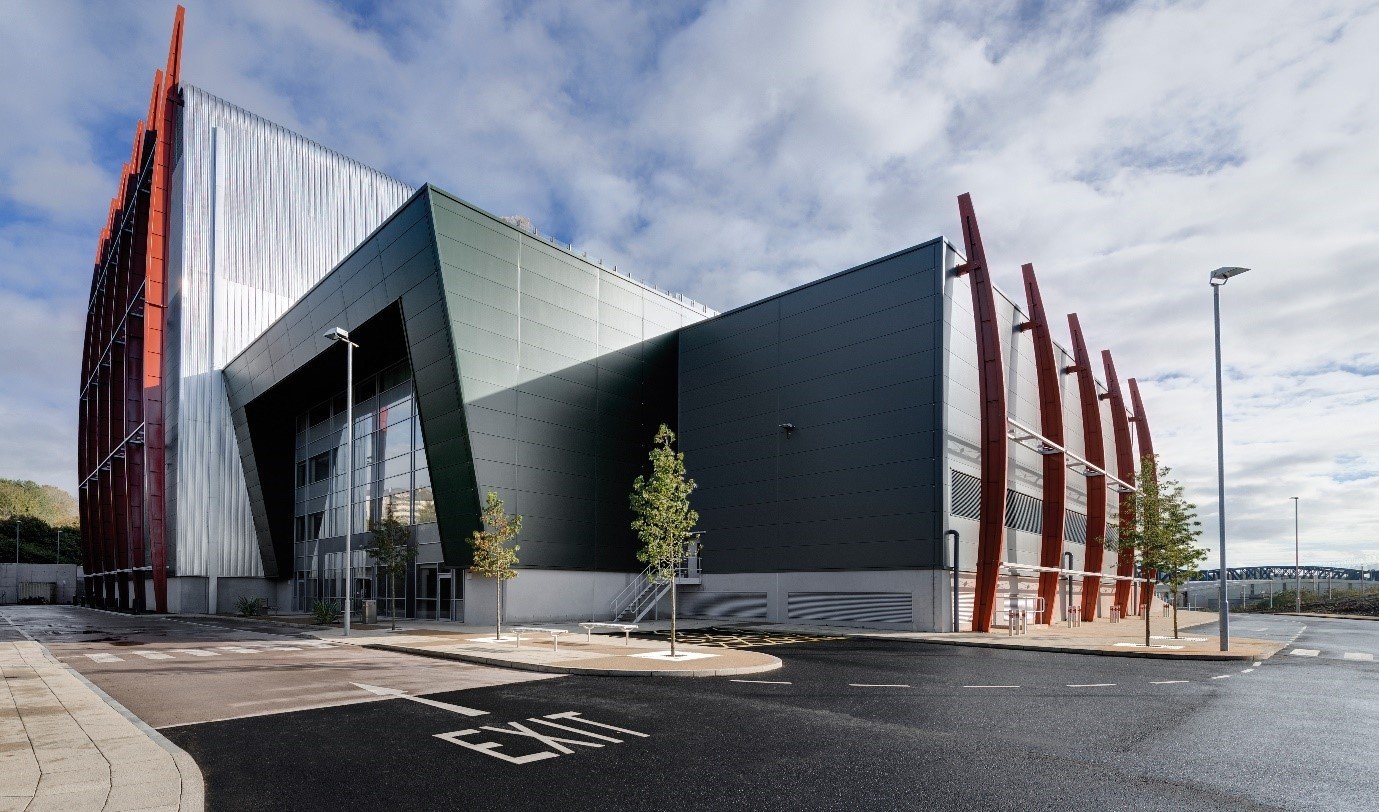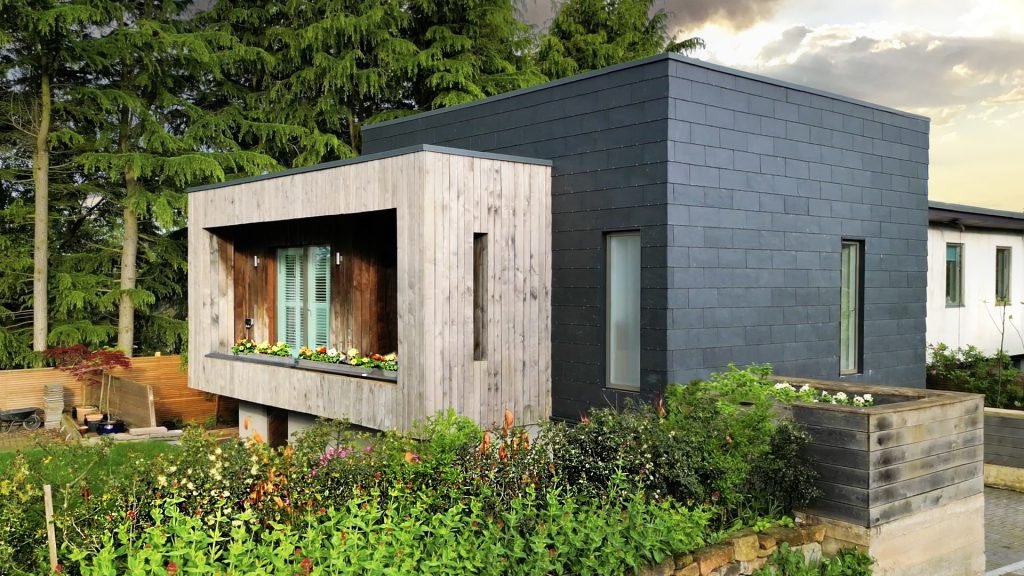Embracing Material Innovation
One of the most exciting trends is the exploration and adoption of new materials in rainscreen cladding systems. Beyond the traditional options, architects and designers are experimenting with everything from recycled plastics to advanced composites. These materials not only offer unique aesthetic qualities but also contribute to the sustainability and energy efficiency of buildings. For instance, bio-based composites are gaining traction for their environmental benefits and distinctive textures, offering a new palette for creative expression.
Sustainability at the Forefront
Sustainability is no longer an afterthought; it’s a primary driver of design decisions. In the context of rainscreen cladding, this means selecting materials and systems that minimise environmental impact while maximising energy efficiency. Green building certifications, such as LEED and BREEAM, are influencing the choice of cladding materials, pushing the envelope towards more recyclable, durable, and energy-efficient options. Moreover, the integration of green technologies, such as photovoltaic panels into cladding systems, is blurring the lines between form and function, allowing buildings to generate their own energy.
Digital Fabrication and Customization
The advent of digital fabrication technologies, including 3D printing and computer numerical control (CNC) machining, is revolutionising the design and installation of rainscreen cladding. These technologies enable unprecedented levels of customization, allowing architects to create complex, intricate patterns and shapes that were previously impossible or prohibitively expensive. The result is facades that are not only visually striking but also tailored to meet specific performance criteria, such as sunlight diffusion and ventilation.
Biophilic Design Elements
Incorporating nature into the urban environment is a growing trend in architecture, and rainscreen cladding systems are playing a key role in this movement. The use of natural materials, such as wood and stone, or designs that mimic natural patterns, promotes a sense of connection to the natural world. This approach not only enhances the aesthetic appeal of buildings but also contributes to the well-being of their occupants, creating spaces that are more livable and harmonious.
Colour and Texture Diversity
Gone are the days of monolithic facades. Today, architects are experimenting with a diverse palette of colours and textures to create dynamic, engaging exteriors. Rainscreen cladding systems are available in a vast array of finishes, from vibrant hues to subtle earth tones, and textures that can mimic other materials or create entirely new visual effects. This trend towards customization and variety allows buildings to make a bold statement or blend seamlessly with their surroundings, depending on the architectural vision.
Conclusion: The Future is Now
The world of rainscreen cladding is evolving rapidly, driven by advancements in materials, sustainability, technology, and design philosophy. These trends are not just shaping the aesthetics of buildings but also their functionality, energy efficiency, and impact on the environment. As we continue to explore the possibilities of rainscreen cladding, it’s clear that the future of building exteriors is here, offering endless opportunities for innovation and creativity.






